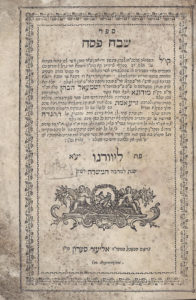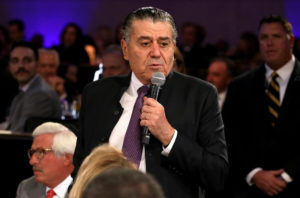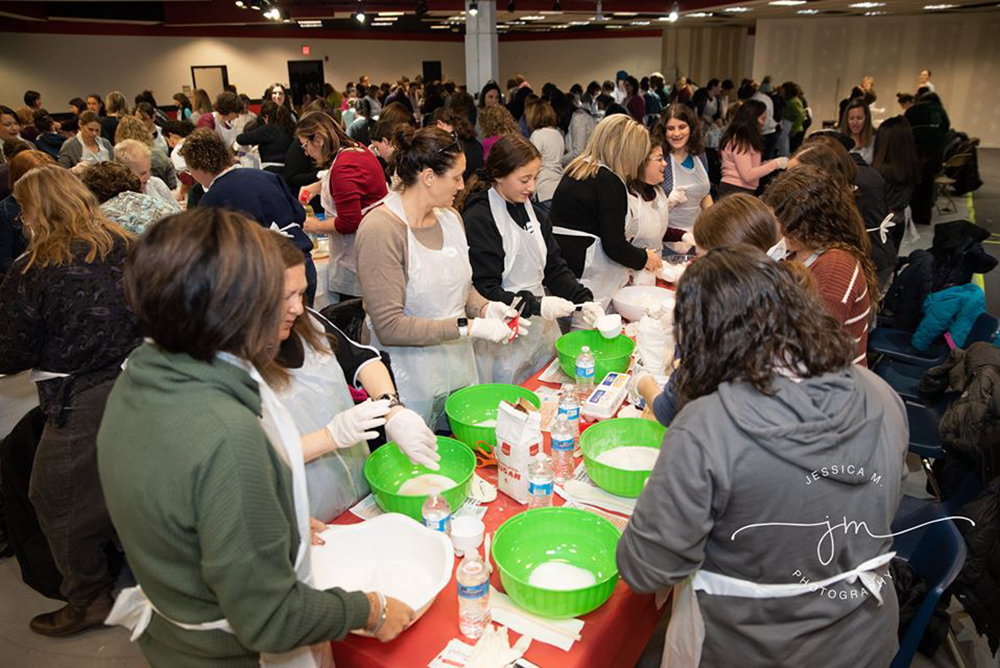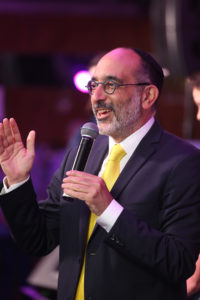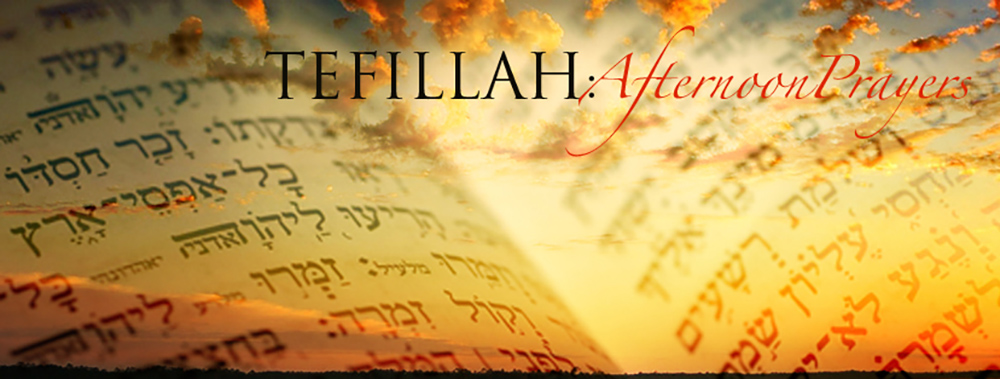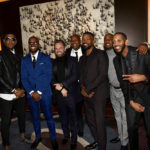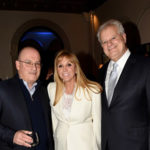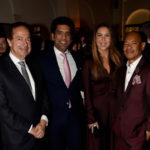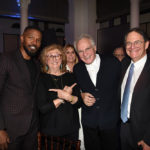By: Danusha V. Goska
America needs a good book entitled How to Fight Anti-Semitism. Though Jews make up 2.2 percent of the US population, Jews constitute 60 percent of religiously motivated hate crime victims. Recent months have seen a surge of violent attacks on Jews in New York City. The attacks are often recorded on video. Attackers are often black or Hispanic. The attacks have gone underreported and little discussed; one theory is that blacks attacking whites is not the kind of hate crime the media wants to emphasize.
We require instruction in fighting anti-Semitism because Israel is a valued US ally, and Israel’s very right to exist is questioned on college campuses and by new congress members. We need it because though many have considered anti-Semitism to be a right-wing phenomenon, this hatred is found on the left as well as on the right; witness British Labor Party leader Jeremy Corbyn. There are too many anti-Semitic events on university campuses to list. Various watchdog organizations keep records; one such account is here.
We need to prepare to fight anti-Semitism because the US has a rising Muslim population, and as The Pew Research Center reports, “Anti-Jewish sentiment is endemic in the Muslim world.” Muslim anti-Semitism distorts American history. Significant percentages of Muslims believe that Jews carried out the 9-11 terror attacks. Amiri Baraka, once New Jersey’s poet laureate, PEN award winner, and father of Newark’s mayor, repeated this conspiracy theory in his poetry.
We need to understand how to fight anti-Semitism because ignorance of the Holocaust is a “global crisis,” including among highly “educated” American millennials. We need to understand the Holocaust for the same reason we need to fight anti-Semitism. The villains who begin by attacking Jews never end by attacking Jews. Anti-Semites are a menace to us all.
Bari Weiss seems well-positioned to write a groundbreaking book defining and combatting anti-Semitism in the 21st century. She became bat mitzvah at Pittsburgh’s Tree of Life synagogue, scene of the 2018 mass shooting. Weiss is a New York Times editor. She’s pretty, charming, and young, and has been a guest on Bill Maher’s Real Time HBO show. Though she says she doesn’t want “points” for her sexual identity, she earns them anyway for once dating Saturday Night Live superstar Kate McKinnon. Weiss describes herself as a centrist, and she has been praised for criticizing anti-Semitism from both the left and the right, from both Christians and Muslims. What’s not to like?
Alas, Weiss’s How to Fight Anti-Semitism is not the book America needs right now. It reads more like a Facebook post by a bright, passionate, but not particularly scholarly, rigorous, or fair Facebook friend. How to Fight Anti-Semitism, like a Facebook post, focuses on current events. It offers currently popular whipping boys: Western Civilization, Christianity, and President Donald Trump.
Much of the book consists of one account after another of recent anti-Semitic incidents: Tree of Life, the attack on the Hypercacher supermarket in Paris, the kidnapping, torture and murder of Ilan Halimi, the decapitation of Daniel Pearl, anti-Semitic incidents on American campuses, and others. In a short while all of these contemporary anecdotes will be dusty and dated. Weiss’s insistence that all incidents involving violence against a Jew can be understood using the same paradigm is questionable. Are the young black men violently attacking Jews in New York City really driven by the same motivations as Pearl’s murderers and pogromists in medieval Germany? No evidence is offered to support this.
Weiss doesn’t get around to her suggestions for fighting anti-Semitism until the final 37 pages of the 210-page book, and her tips feel grounded more in the self-help movement than in any serious scholarship, boots-on-the-ground activism, or skilled self-defense. “Lean into Judaism … Stop blaming yourself … Tell the truth … Trust your discomfort … Allow for the possibility of change … Praise those who do the right thing … Maintain your liberalism” are some of her methods. The suggestions are for Jews, not for non-Jews who are dedicated to fighting anti-Semitism. Prayer and devotion are not among Weiss’s suggestions. Weiss “resonates” with a self-definition as a Shinto Jew, that is a Jew who honors her Jewish ancestors. She is not sure about belief in God.
There’s been a great deal of serious scholarship on the topic of hate in general and anti-Semitism in particular. There’s a massive amount of lived experience on how to survive as a member of a targeted minority. Ethnographers and former hate group members offer veritable MRIs of haters’ brains. Those abundant resources are not reflected here.
Weiss says that the New Testament provides the “template” for anti-Semitism. “Christianity” is “responsible for the murder of more Jews than any other ideology on the planet,” she writes. Weiss is wrong on three counts. First, as I’ll argue, below, Christians have killed Jews, but Christianity has not. Second, Nazism, not Christianity, is the ideology that is responsible for the murder of more Jews than any other. Weiss could benefit from reading “Against Identifying Nazism with Christianity,” found here. Third, Weiss makes this statement as part of a whitewash of Islam. More on that, below.
In today’s world, every serious person, Christian, Jewish, secular, or other, must understand the following facts. These facts must be stated not just to Weiss but to any anti-Semite who seeks rationale for anti-Semitism within the New Testament. They must also be stated in relation to Islam, which Weiss also addresses.
The New Testament was written by Jews, with the possible exception of Luke, who may or may not have been Jewish. The New Testament was written about a Jew, Jesus. Jesus and the apostles were Jews, descendants of Abraham, living in Israel, speaking Jewish Aramaic and using Hebrew in their religious lives. They followed the Levitical commandments, and they, as do Christians today, regarded the Old Testament as inspired scripture.
Further, the New Testament is rooted in the Old. Open to any page of the New Testament in an annotated Bible and find footnotes directing the reader to parallel passages in the Old. Mary, the mother of Jesus, recites a song called the Magnificat. The song’s style is that of the synonymous parallelism of Hebrew poetry. Specifically, Mary’s song echoes The Song of Hannah from the Old Testament book of Samuel. Jesus is asked to identify the greatest commandment; in his reply, Jesus echoes Deuteronomy and Leviticus. As Jesus dies on the cross, he speaks words from Psalm 22.
Jews, no less than Christians, have to wrestle with difficult verses. The Old Testament contains many hair-raising proclamations where an angry God promises total devastation to his chosen people. In Hosea 13-14:5-15,1 God says he will be like a lion or bear and tear Israelites’ hearts from their breasts and fetuses from pregnant wombs. This is terrible stuff, but depicting God as so angry at sin that he exerts graphic punishment is part of the Jewish scriptural tradition, a tradition in which the Jews writing the New Testament were steeped. Jews and Christians must work together to interpret these verses.
There are no verses in the New Testament calling on Christians to kill anyone, including Jews. Rather, the message of the New Testament can be summed up in one verse: “For God so loved the world that he gave his only Son, so that everyone who believes in him might not perish but might have eternal life.” The Parable of the Good Samaritan is groundbreaking. Its message is that we are to love those unlike ourselves, including the most hated other. Jesus, after torture and near death, said, “Father forgive them.” This is the message of the New Testament.
Yes, haters have used verses from the New Testament to rationalize anti-Semitism and violence against Jews. While acknowledging this, we must not elevate haters’ twisted logic.
The Old Testament, no less than the New, has been blamed for atrocity. For centuries, those who support slavery and serfdom cited the Biblical “Curse of Ham.” Eve’s eating the apple, precipitating exile from the Garden of Eden, has been cited as the source of misogyny. Exodus 22:18 has been blamed for Europe’s witch craze, and Leviticus 20:13 has been blamed for all homophobia.
I don’t have to wonder how Bari Weiss would feel if I were to advance the Old Testament as the “template” for slavery, for misogyny, for crazed mob killings, or for homophobia. I know she would feel the outrage I feel when I read her citing the New Testament as the “template” for anti-Semitism. Not just outrage, but logic, renders all these arguments invalid. Clearly the message of Exodus, of “Let My People Go,” is one of a God who wants people to be free, not enslaved. The Old Testament is alone in world scripture for featuring real, named, average women as driving characters: Sarah, Rebecca, Leah, Rachel, Ruth, Naomi, Judith, Esther, Hannah, Hagar, Rahab, Deborah, Jael, Tamar, Shiphrah, Puah, and Jochabed. When it comes to the Biblically-mandated death penalty for witchcraft or homosexuality, Jews mention the Talmud’s anti-death penalty stance. Further, we know that slavery, misogyny, homophobia, and mob killings are found in cultures untouched by the Bible.
Anti-Semites’ distorted interpretations of the New Testament are not the alpha and omega of Jewish-Christian relations, but that is all Weiss talks about. She does not mention that again and again popes and everyday Christians have put their lives on the line to fight against anti-Semitism. The sixteenth-century Council of Trent insisted that humanity, primarily Christians, are responsible for the death of Jesus. The twelfth-century papal bull Sicut Judaies insisted that Christians must not harm Jews; this bull had several antecedents and descendants. Weiss mentions France’s persecution of Captain Alfred Dreyfus, but not his defense by devout Catholic Charles Peguy.
Weiss blames the Rintfleisch massacres, a medieval German pogrom, on the Catholic doctrine of transubstantiation and, as she puts it, “a wafer,” that is, to me and other Catholics, the Eucharist. Weiss claims that “one hundred thousand Jews were murdered.” I cannot find her number supported in other sources.
In fact the pogrom to which she refers was sparked by debt. A man indebted to Jews invented a story of abuse of a Eucharist in order to excuse a pogrom. Weiss does not mention that some Christians attempted to assist persecuted Jews, or that when the local monarch regained lost power he put the man who stirred up the pogrom to death.
Why do these details matter? Why must we mention that Catholic doctrine does not mandate that Christians murder Jews, that communion is indeed holy to Catholics and that attributing to communion the power to murder Jews is profoundly inaccurate, that not all Christians, even in the midst of a medieval pogrom, were murderers? Why must one mention the class elements at play?
These details matter because Christians like me are on the front lines in condemning anti-Semitism wherever we encounter it, no matter the social cost. It matters because Christians like my father risked their lives fighting, and defeating, anti-Semitic fascism in World War II. It matters because Christians are the most persecuted faith group in the world today, and when you equate a religion – Christianity – with a crime – anti-Semitism – you make Christians less safe. Why bother protecting Christians if their belief system is the font of worldwide evil? These details matter because Weiss’s analysis is wrong. The New Testament is not the template for anti-Semitism, and one must understand the historical factors at work in hate.
Weiss’s tendency to leave out key facts occurs more than once in How to Fight Anti-Semitism. She bashes Breitbart as anti-Semitic. Proof? Breitbart called Bill Kristol a “renegade Jew.” Weiss does not mention that the author of that very column was David Horowitz, who is himself Jewish.
Weiss insists that she was subjected to internet abuse after her appearance on the Joe Rogan show because she is Jewish. During her appearance, Weiss smeared Congresswoman Tulsi Gabbard as an “Assad toadie” and as a supporter of conversion therapy. Rogan challenged Weiss. Weiss floundered, acknowledging that she didn’t know the meaning of the word “toadie.” She continued to insist that Gabbard was pro-conversion therapy. In fact Gabbard supported conversion therapy when she was a teenager. She has since renounced that support. The most popular critical comments on YouTube accuse Weiss of being arrogant and unaware of facts. The most popular comments do not mention Weiss’s Jewishness.
Weiss cites Nathan Hannover, the seventeenth-century chronicler of the 1648-1657 Khmelnytsky Uprising of Ukrainian Cossacks against Polish domination. Weiss describes tortures committed by Ukrainians against Jews. It looks, again, like what we have is those evil Christians doing bad things to Jews because they are Christian and Christians hate Jews. Weiss does not mention that the Khmelnytsky Uprising, which, to her, is all about Christian Ukrainians expressing their innate, Christian anti-Semitism, is recorded in Polish history as part of “The Deluge,” a catastrophic series of attacks against Poland in the seventeenth century. She doesn’t mention that Christian Ukrainians tortured Christian Poles, thus, it can’t be explained away as “Those awful Christians inevitably acting out their innate anti-Semitism caused by their religion.” The tortures of the Khmelnytsky Uprising were repeated centuries later. In the 1940s, during the Volhynian Slaughter, Ukrainians again tortured and murdered Poles. One hundred thousand Poles were killed. Priests were crucified. The genocidal goal was to obliterate any biological or cultural Polish presence. Weiss doesn’t mention that the very historian she cites, Nathan Hannover, himself speaks of Jewish oppression of Ukrainian peasants.
My friend John Guzlowski’s family members were raped, tortured, dismembered, and murdered by Ukrainians and Nazi allies. I do not hesitate to acknowledge that the people who tortured my friend’s family were, in their own minds, exacting revenge on Poles for previous mistreatment. Acknowledging this history does not justify Ukrainians torturing and murdering my friend’s family. Acknowledging this history contributes to understanding. Weiss, though, rejects any integration of historical details into her analysis of anti-Semitism. “This kind of logic” she says “excuses anti-Semitism.” No, placing attacks in context does not excuse anti-Semitism or any other violence. Rather, fully understanding atrocity is perhaps the only way out of atrocity.
Weiss extracts events from historical context. Those atrocities are simply just more examples of Christians hating Jews just because they are Christians, and that’s what Christians do. Weiss also extracts anti-Semitism from the context of other hatreds. Anti-Semitism, she insists, has nothing in common with hatred of any other people from any other group. Study of hate and atrocity in general, she seems to feel, cannot add to understanding of anti-Semitism.
(Front Page Mag)
(To be continued next week)
Danusha Goska is the author of God through Binoculars: A Hitchhiker at a Monastery.

